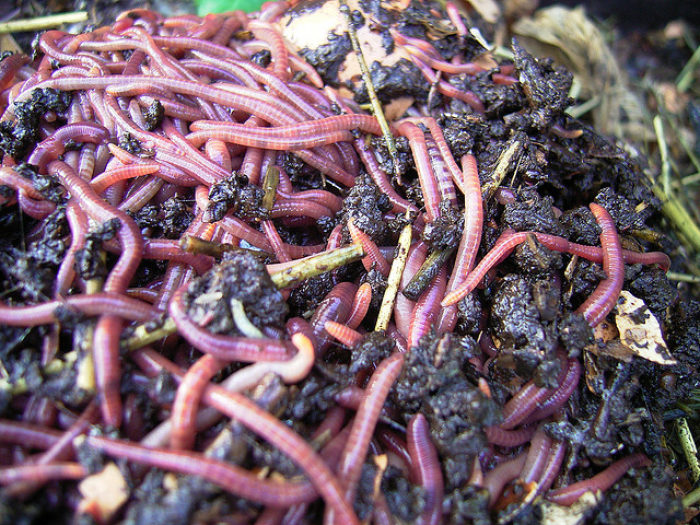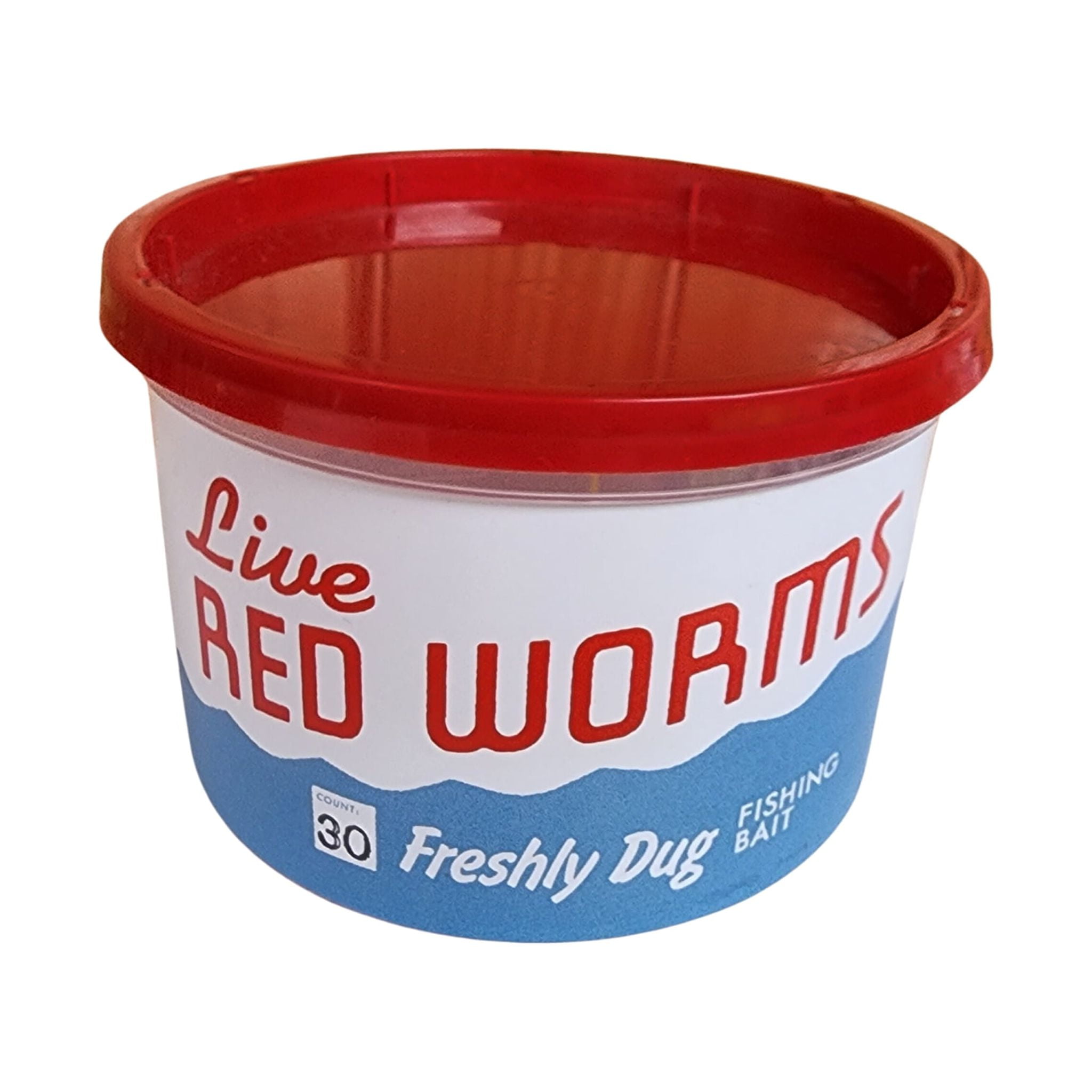What Does Where To Find Red Wigglers Do?
What Does Where To Find Red Wigglers Do?
Blog Article
All about Where To Find Red Wigglers
Table of ContentsAll about Where To Find Red WigglersWhere To Find Red Wigglers - The FactsSome Known Details About Where To Find Red Wigglers The Buzz on Where To Find Red WigglersFacts About Where To Find Red Wigglers RevealedHow Where To Find Red Wigglers can Save You Time, Stress, and Money.
For ideal outcomes, you want to shoot for regarding 60-70% dampness degree. At the ideal dampness degrees which is simply under 70% that handful ought to hardly yield one drop of liquid.
The Indian Blue is starved, but additionally likes a warmer climate and it additionally displays a tendency to get away the bin. The red wiggler is a durable worm and isn't as particular about its environment. I like to call it the Ford Taurus of vermicomposting worms; you will not brag to your hardcore composting pals that you have them, yet they will certainly serve you well.
As Faucet demonstrated, a fishermen can do an excellent offer to make a worm extra appealing.
Indicators on Where To Find Red Wigglers You Should Know
I believe you will certainly also if you attempt them. The smaller sized the trout stream, the better worms work is an axiom that hasn't changed in the 100-plus years because Perry composed his write-up. Fishermens of his period merely stuck their weak fishing pole with alder tangles and went down a heavy worm right into a deep hole.
Morning is prime feeding time, and the insubstantial lure's slow descent leaves 5 inches of squirming protein in full sight for a long time. After you have actually made the actors, maintain the bail open and put the rod in a forked stick. The line will drop off the pole in slow-moving loopholes as the worm resolves, yet typically the slow loopholes will certainly end up being a blur, and the morning will unexpectedly get rather interesting.
I normally utilize an entire 'spider, favor marabou clothing, and drop the pole for 2 or three seconds when I obtain a hit.
And identifying base from a bite can be difficult. The trick is to ease the pole back to the strike (perhaps a foot) and feel for life at the end of the tightening up line. If it's there, established the hook with a sweep as opposed to a jerk. Every so often you'll discover yourself hooked to those slow, passionate pulls, and feel the weight of a wonderful walleye.
Not known Details About Where To Find Red Wigglers
When the heavy walleyes move on to the big-water shoals in the late summer season, try going after them with a bucktail jig and a 1-inch pinch of nightcrawler. The lure covers the hook factor, deflects weeds, and provides a preference of target. With nothing dangling or flapping, it stays protected no matter existing, casts, or ambitious panfish.
Whether you're wading or angling from you could check here a watercraft, drifting worms is just one of the terrific looking techniques for larger rivers. For trout, a spade-dug, 4-inch yard worm is the best dimension; for bass, walleyes, and steelhead, a nightcrawler might be a better option. The trick is to wander the lure with feeding and holding locations because fish in current are not going to ferret out the lure, as they could in still water.
Fish the shifts: mouths of tributaries, bank-side slicks, and the edges of large swimming pools. His motto applies to any number of angling maneuvers, consisting of the issue of adding a piece of worm to a damp fly.

Not known Facts About Where To Find Red Wigglers
Fill it with shredded newspaper, leaves, peat moss, and dirt. Moisten lightly. Cover and let rest for a week. Add a few hundred worms and feed them 2 times a week. Maintain the bed linen damp however not wet. On the menu: lettuce, fruit and vegetable waste, and the periodic nongreasy leftover.
Just like veggie scraps, you can take your utilized coffee premises and add them to a worm box. Worms like consuming coffee grounds.
When the hefty walleyes move on to the big-water shoals in the late summer season, try pursuing them with a bucktail jig and a 1-inch pinch of nightcrawler. The bait covers the hook factor, deflects weeds, and provides a taste of target. With nothing dangling or waving, it remains protected despite current, casts, or ambitious panfish.
Facts About Where To Find Red Wigglers Revealed
Whether you're wading or fishing from a boat, drifting worms is just one of the fantastic looking approaches for larger rivers. Where To Find Red Wigglers. For trout, a spade-dug, 4-inch garden worm is the right size; for bass, walleyes, and steelhead, a nightcrawler may be a better option. The secret is to drift the lure via feeding and holding click to read areas since fish in present are not mosting likely to chase down the bait, as they might in still water
Fish the transitions: mouths of tributaries, bank-side slicks, and the sides of large swimming pools. His adage uses to any type of number of angling maneuvers, including the issue of adding an item of worm to a wet fly.
Raising your very own bait suggests you can slip out of the residence and hit the fish pond before Mom comes homejust like in the old days. Here's just how to keep a worm box: Cut a sheet of CDX-grade plywood, which is made with waterproof glues, to your measurements. Nail it with each other and drill a loads 12-inch holes in all-time low for drainage.
How Where To Find Red Wigglers can Save You Time, Stress, and Money.
Fill it with shredded newspaper, leaves, peat he said moss, and soil. Moisten gently. Cover and allow rest for a week. Include a few hundred worms and feed them two times a week. Keep the bed linens moist however not damp. On the menu: lettuce, vegetables and fruit waste, and the occasional nongreasy extra.
Just like veggie scraps, you can take your used coffee grounds and add them to a worm box. Worms like eating coffee grounds.
Report this page